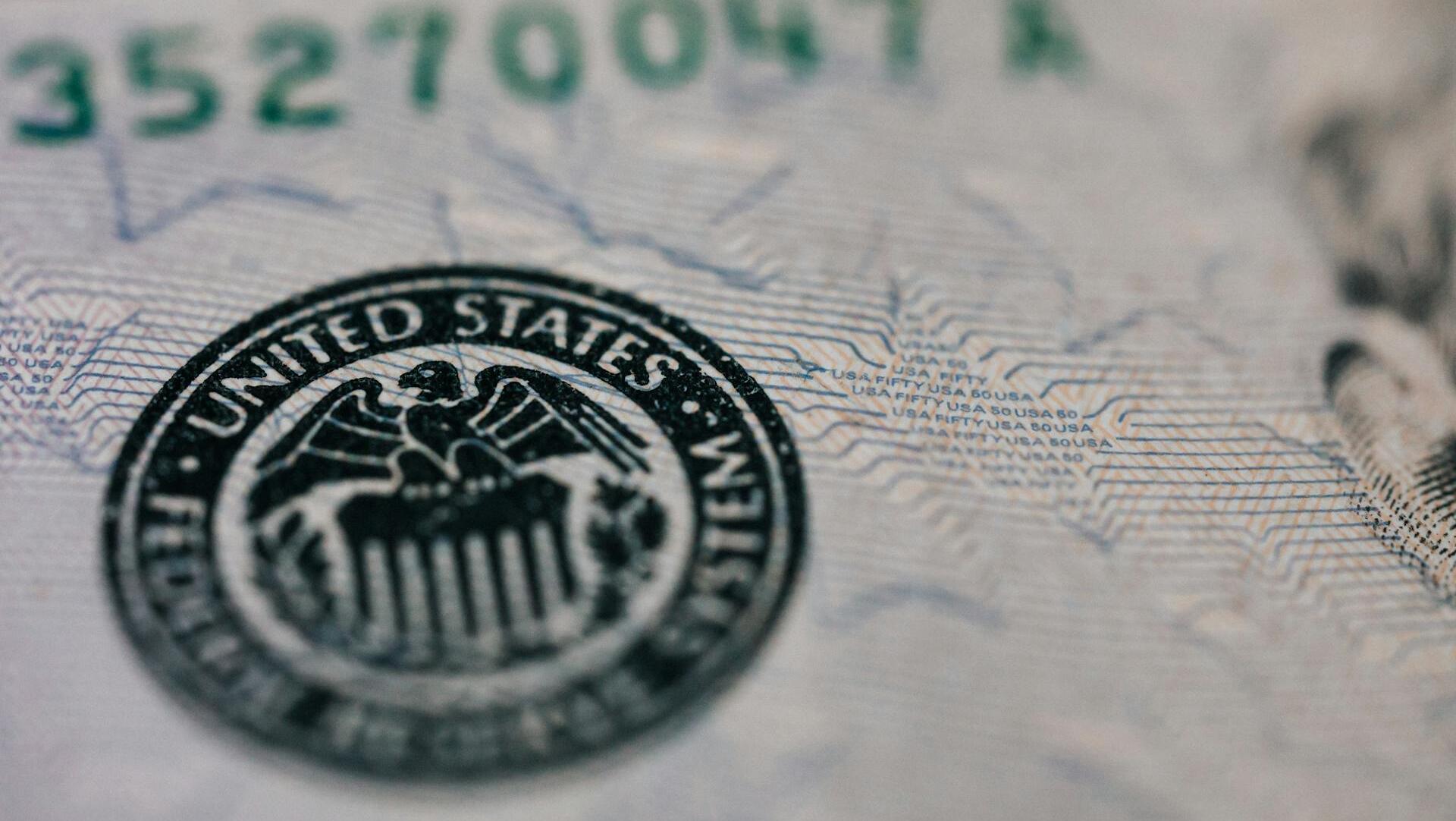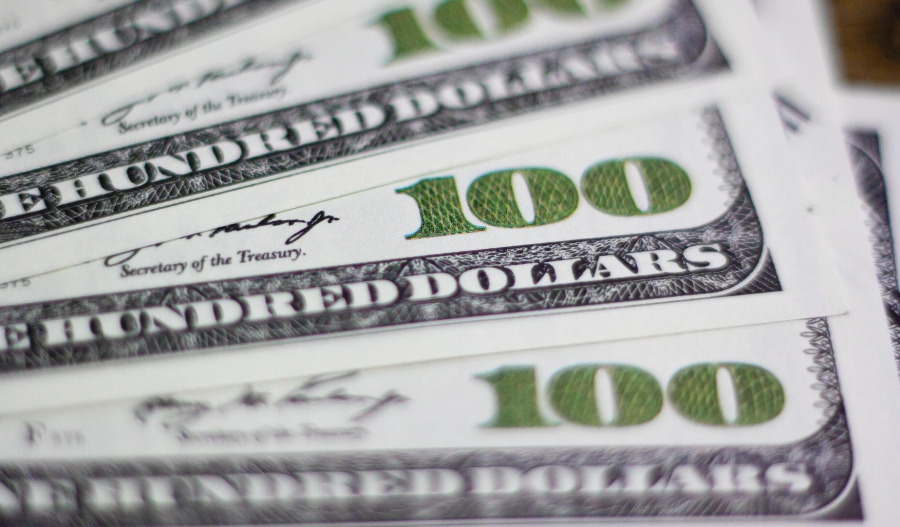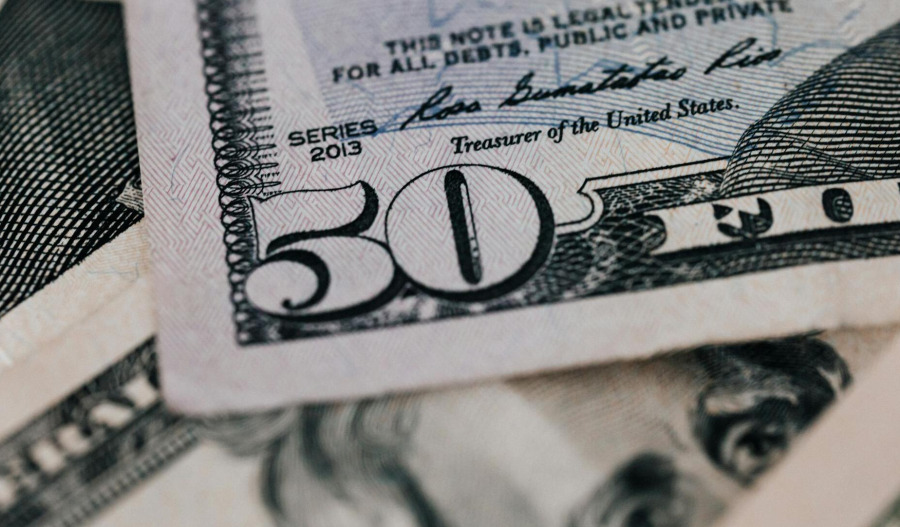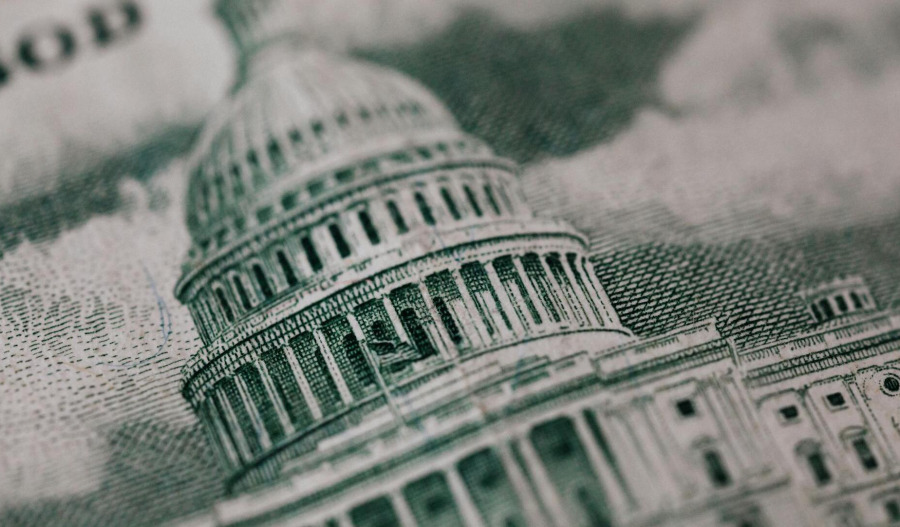The United States dollar index (DXY) begins the week at 98.22, following weekly declines of 0.4% as traders maintained short positions ahead of key U.S. consumer price index (CPI) data due Tuesday, 12 August.
Growing expectations of Federal Reserve rate cuts continue to weigh on the dollar, compounded by President Trump’s appointment of Stephen Miran to the Fed Board, adding a dovish tilt to monetary policy outlooks.
The weaker-than-expected July nonfarm payroll report and downward revisions to previous months have sustained bets on a September rate cut, with futures pricing in a 88.4% chance of a 25-basis-point cut, according to the CME Group FedWatch Tool.
Investors are eyeing a 0.2% month-on-month rise in both headline and core CPI, with core annual inflation expected to tick up to around 3.0%.
A hotter-than-expected reading could push the dollar above 98.317, potentially challenging 99.177 and 100.257.
Conversely, softer inflation data could intensify the dovish bias, driving the DXY down towards 96.377.
Hopes of Peace Temper Euro's Gains
The EUR/USD currency pair trades near 1.165, supported by weaker U.S. jobs data and hopes for a ceasefire in Ukraine following reports of a possible Trump-Putin meeting.
Despite a 0.5% gain last week, the Euro’s upside is capped by a stronger U.S. dollar and speculation about Fed leadership changes, particularly the potential nomination of Christopher Waller as the next Fed Chair.
The European Union’s muted economic calendar leaves traders focused on U.S. developments and geopolitical risks.
Aussie Steadies Amid Rate Cut Expectations
The Australian dollar consolidates gains at 0.652 against the U.S. dollar amid a weaker greenback and rising expectations for a September Fed rate cut.
The Reserve Bank of Australia (RBA) is also widely expected to cut rates on 12 August, reducing the cash rate to 3.60%.
Economists predict further easing by year-end, with the rate forecast around 3.35%. Recent soft inflation and rising unemployment support this outlook, although the RBA may signal an approaching end to rate cuts next week amid external risks like U.S.-China tariff tensions.
British Pound at 2-Week High as Bank of England Cuts
The British Pound holds steady near two-week highs at 1.344 against the U.S. dollar. Following the Bank of England’s recent 25-basis-point rate cut decided by a narrow 5–4 vote, markets expect rates to remain unchanged at September’s meeting.
Fed leadership speculation and mixed central bank signals continue to influence GBP/USD sentiment.
Japanese Yen Resilient as Bank of Japan Holds Course
The Japanese Yen trades steadily at 147.68 against the U.S. dollar. Minutes from the Bank of Japan’s July meeting reaffirm its commitment to further rate hikes, with inflation forecasts revised upwards to 2.7%.
However, concerns about trade policy uncertainties persist, as Household spending plunged 5.2% in June, pointing to weaker consumer demand.
The Federal Reserve’s likely September rate cut adds complexity to the currency outlook.
Economic Calendar Week Ahead
The week starts in a quiet fashion with little on the docket on Monday, with Japanese markets remaining closed for the Mountain Day public holiday.
Tuesday sees Australia’s NAB business confidence report and the RBA’s interest rate decision, alongside UK employment figures and the U.S. CPI inflation release.
Wednesday features Fed speeches, South Korea’s unemployment data, Japan’s PPI inflation, and Australian housing and wage price numbers.
On Thursday, markets digest more Fed speeches, South Korean trade data, Australian labour figures, UK GDP and industrial output, EU employment and GDP estimates, and U.S. producer price inflation.
Friday wraps up with Japan’s GDP and industrial production figures, a South Korean public holiday, China’s investment and retail sales data, plus a flood of U.S. reports including retail sales and consumer sentiment.



